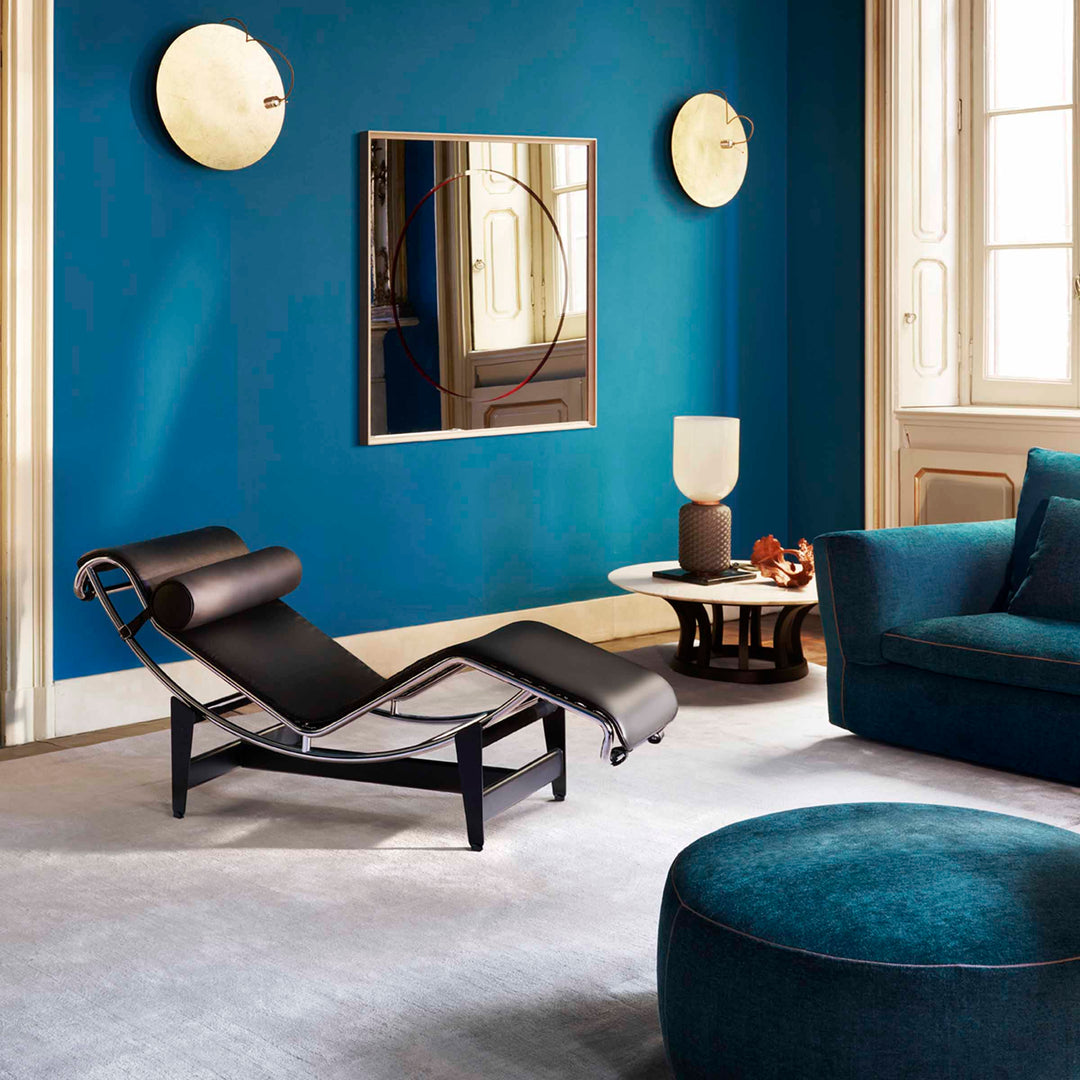TENDANCES : Icône du design
Le terme icône dérive de la langue russe et désigne une image sacrée, peinte sur bois ou métal, décorée d'or et d'argent avec des pierres précieuses, typique de l'art byzantin et russe. En sémiologie, il indique le message confié à l'image, comme un manifeste.
De nos jours, le terme désigne une personne ou un objet représentant un modèle à suivre ou à imiter. En design, nous appelons icônes ces produits, alignés avec les évolutions sociales, capables de conquérir le goût du public, tout en n'étant pas nécessairement à la mode, caractérisés par des valeurs esthétiques et une utilisation continue.
La raison pour laquelle un produit devient une icône est tout sauf évidente. Il y a toujours de la place pour des événements imprévus et un mystère lié aux humeurs époques. Si les raisons étaient évidentes et faciles à énoncer, tout le monde pourrait concevoir des icônes.
La création d'icônes est liée à la capacité d'interpréter la contemporanéité. La culture peut aussi jouer un rôle décisif, étant donné que l'histoire, comme l'a soutenu Gian Battista Vico, se déroule par cycles et appels. Parfois, c'est juste une question de chance, comme avec le sac Dior, porté par Lady Diana pour une occasion spéciale et devenu peu après l'un des best-sellers de la marque.
Un produit de design devient une icône grâce à la signature du designer et à sa capacité à raconter une histoire. Lorsque j'ai demandé à Philippe Starck les raisons de sa renommée, il a répondu, "parce que je sais narrer".
















